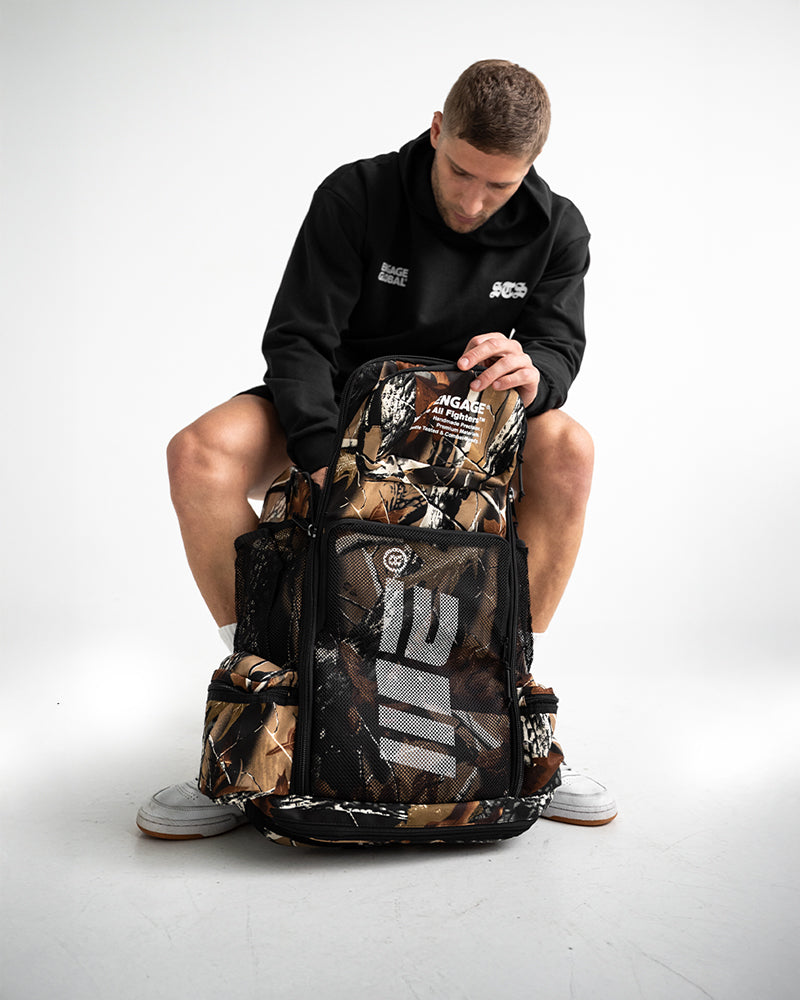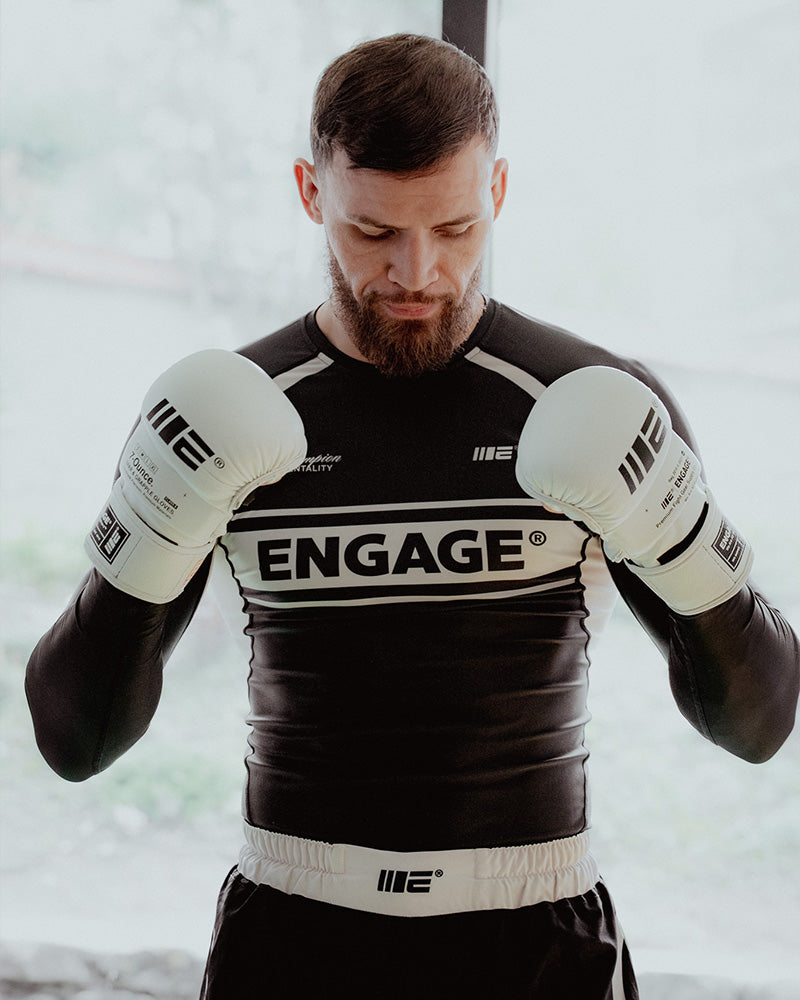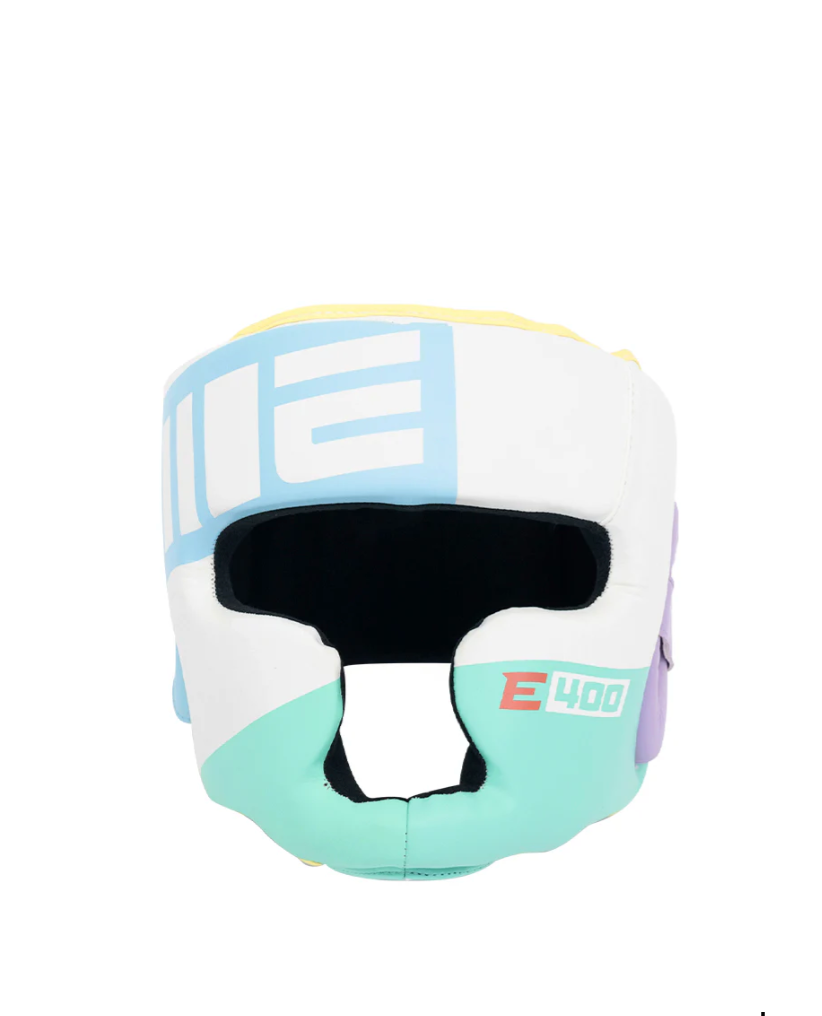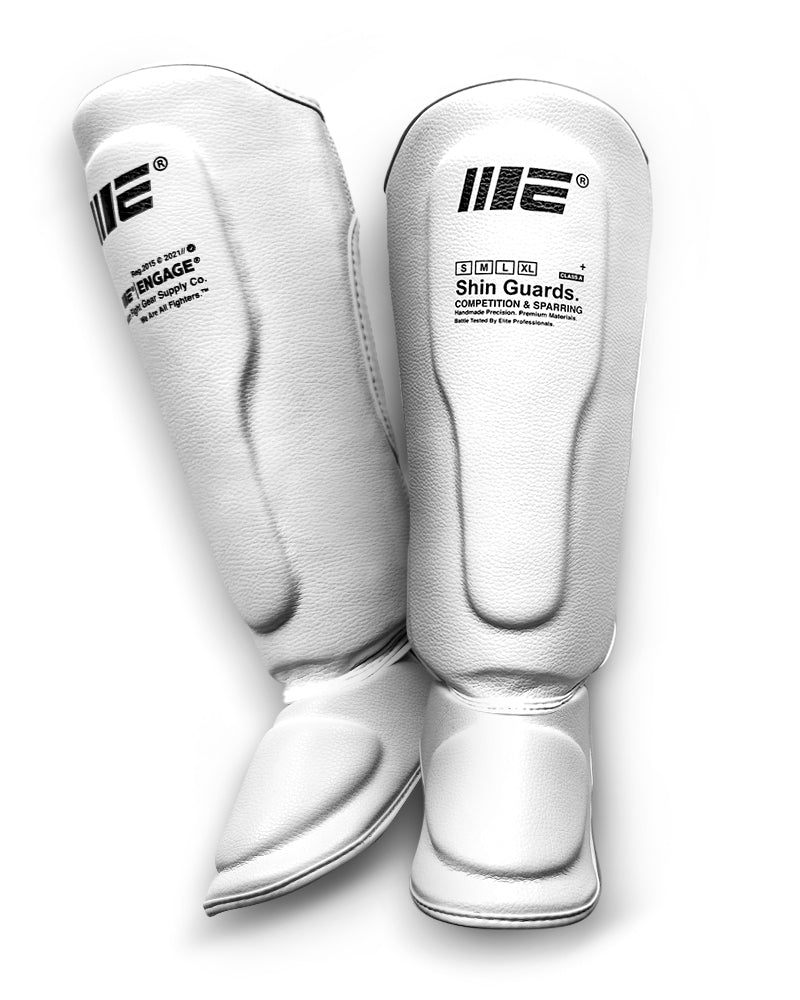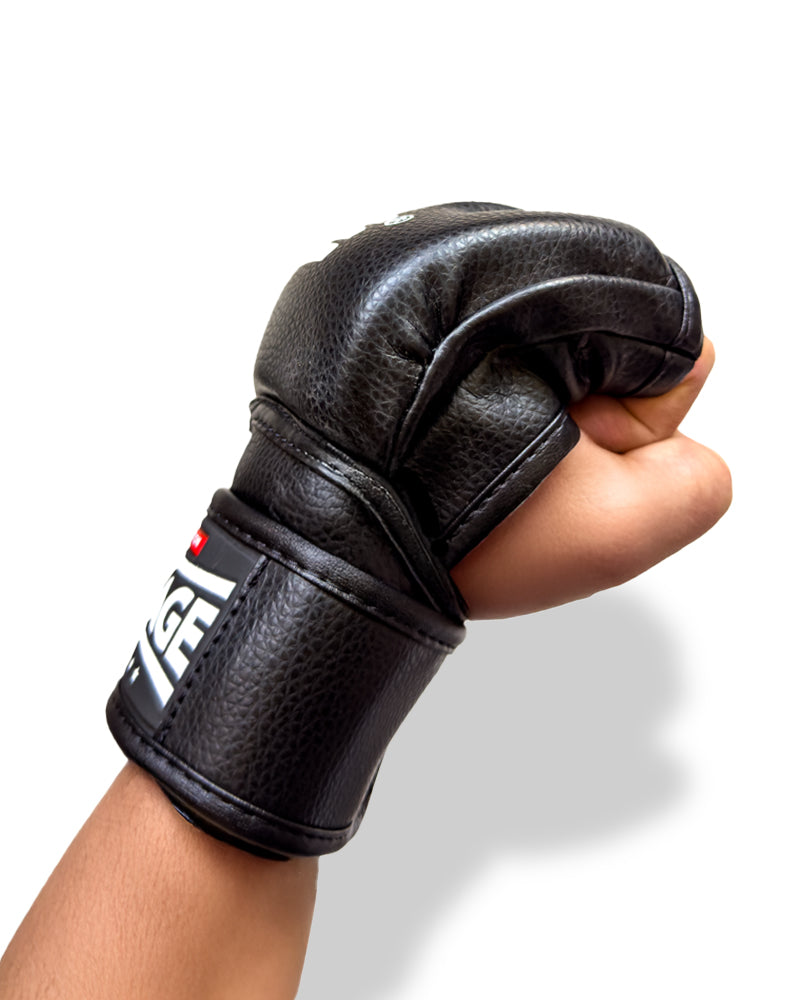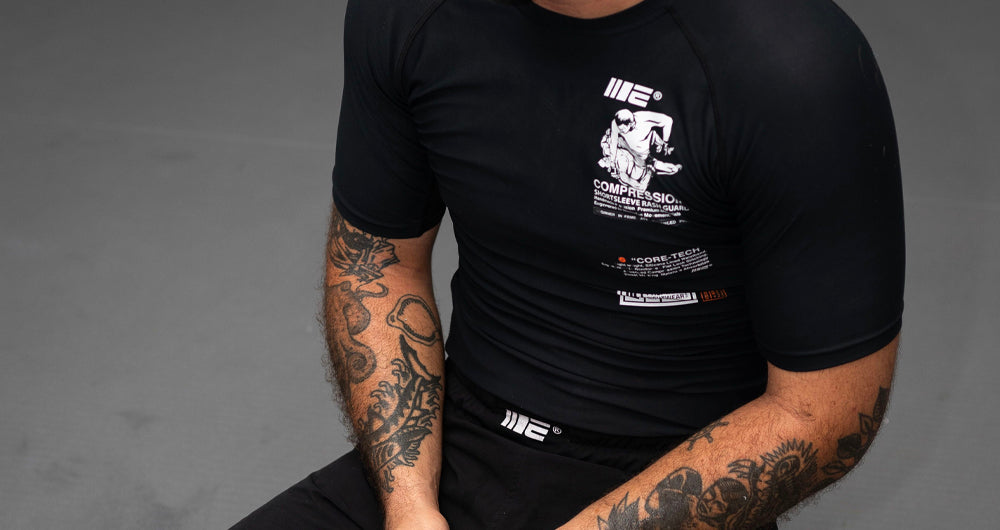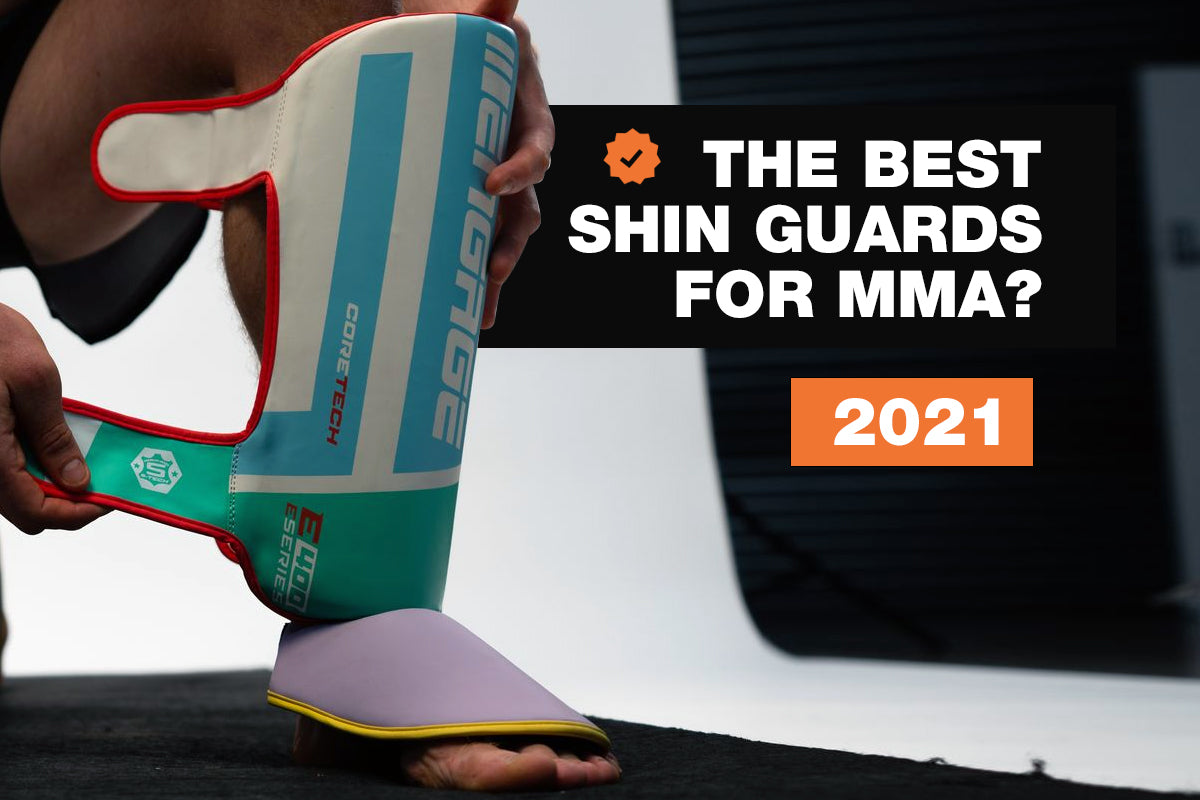How tight should it be? On a scale of 1 to 10, aim for 4-6 for arms, shoulders and calves and a 7-8 for hamstrings. .
If you experience pain and your libs start to tingle or discolor when starting your chosen exercise then the wraps are too tight you should loosen the wraps immediately. You should experience a burning sensation and the most extreme pump you ever did during your sets. If you don’t, the wraps are not tight enough. The wraps should feel a bit uncomfortable, but never painful.
Do you need to keep the wraps on during the KAATSU sets?
Yes! It’s crucial that you don’t take of OR loosen the wraps during your sets because if you do, there won’t be a big buildup in metabolic stress. And that is the key point with KAATSU.
How many repetitions and sets during the use of KAATSU?
Due to the low workload, you should aim at using about 20-30% of your 1RM. That equates to about 30 repetitions. You should aim for 4 to 5 working sets with 15-30 seconds rest in between. That equates to 3 to 4 deep breaths in between the sets. Also, keep in mind that after the first set your number of repetitions can/will go down substantially due to the huge buildup of metabolic stress and fatigue. This does not matter, keep going until you hit muscular failure.
Summary:
- KAATSU is a very useful technique to add to your training arsenal if you want to train at a higher frequency.
- Use it at about 20-30% of your 1RM, which equates to about 30 repetitions.
- 4 to 5 working sets should be more than enough.
Application to the limbs:
| Body Part |
Application |
Pressure |
| Biceps & triceps |
Tie the wraps where the shoulder goes into your upper-arm / underneath the armpit. |
Tightness level: 4-6 |
| Shoulders |
Tie the wrap where the clavicle goes into your shoulder |
Tightness level: 4-6 |
| Hamstrings & quadriceps |
Tie the wraps under your groin/underneath your glutes |
Tightness level: 7-8 |
| Calves |
Tie the wraps underneath your knee |
Tightness level: 4-6 |
With this, I hope you can add some more intensity and progress to your home workouts. Let me know if you have any questions or feedback and feel free to send them through!
Happy training!
Bart de Winter
Instagram: https://www.instagram.com/dewinterbart
Owner DEWINTER Personal Training
Licensed Personal Trainer & Lifestyle coach.



